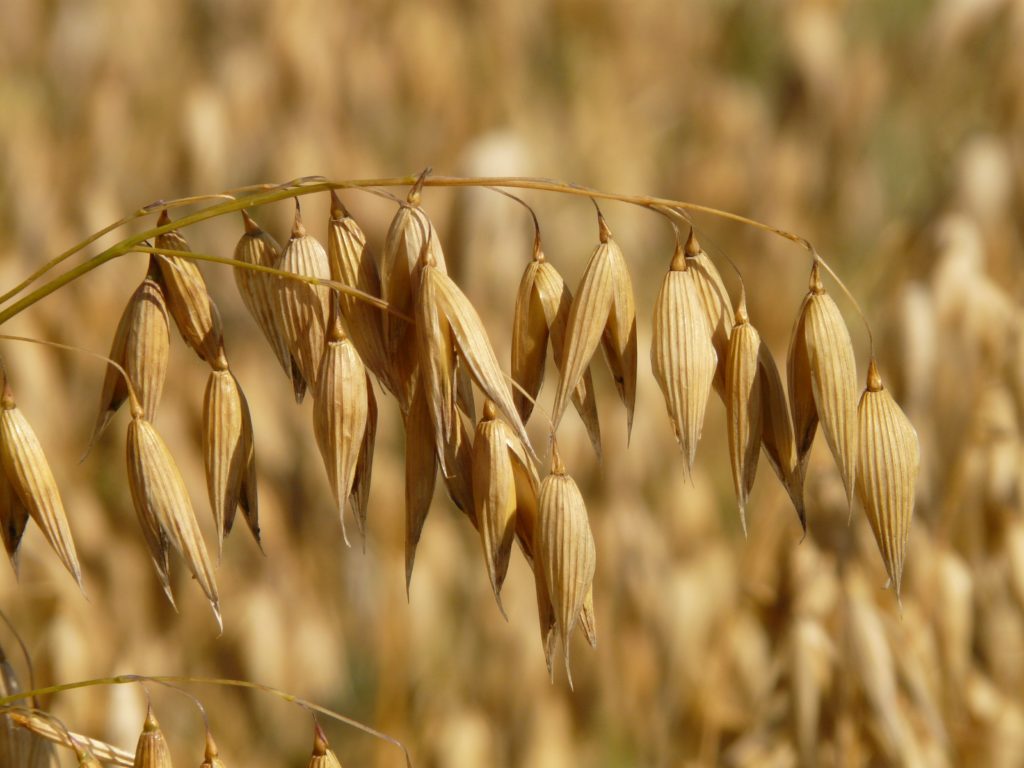According to the FDA, Americans are not consuming enough fibre in their diets and this is causing a “public health concern.” However, many Americans are actively looking to increase their fibre intake by purchasing high fibre products. In response to this need, many food manufacturers are looking for ways to incorporate fibre into their products.
Increasing the fibre content of a product can be as easy as adding an ingredient to its formulation. For example, specialty wheat flour with higher fibre levels can be a potential ingredient for manufacturers of bread and baked goods. Oat fibre is also a great ingredient to incorporate into foods; an American milling company has found a way to preserve more fibre during the oat fibre extraction process. Other ingredients to consider are legumes which provide not only fibre, but protein as well.
Increasing Wheat Fibre
Regular wheat products have about 12.2 percent dietary fibre, according to the US Department of Agriculture’s National Nutrient Database. However, Massachusetts-based milling company, Bay State Milling now produces a HealthSense flour product with higher fibre content. The flour is sourced from wheat that has more than 25 percent dietary fibre and can be used for making bread, pasta, tortillas, bagels, crackers, cookies and pretzels.
According to Naggie T. Jeradechachai, Cultivar Development Scientist for Bay State Milling, their wheat has more fibre than traditional wheat because it has a higher amylose starch content. HealthSense’s 65 percent amylose starch content gives the product a higher level of resistant starch compared to traditional wheat’s 25 percent amylose starch content. The result is a product that generates a lower glycemic response and supports more probiotic bacteria.
The HealthSense flour meets the US Food and Drug Administration’s (FDA) definition of intrinsic and intact fibre. Bay State Milling has an exclusive North American license to produce their high fibre wheat flour.
Increasing Oat Fibre
According to the USDA, oats are about 10.6 percent fibre. There are a few different ways to extract fibre from oats but many of them require chemical processing. The chemical extraction process causes some of the fibre components in oats to be discarded.
Minnesota-based Grain Millers, Inc., uses a chemical-free extraction method for their oat fibre products. This new process preserves all the fibre in the oats used along with their naturally occurring phytonutrients, antioxidants and minerals.
“Because (our fibres are) intrinsic and intact, we do have some very unique benefits, since we preserve the phytonutrients and the antioxidants,” said Rajen Mehta, Ph.D., Senior Director of Specialty Ingredients at Grain Millers.
The company offers four kinds of oat fibre, BCS 30-FL which is hard and crispy, BCS 30-SL which is flexible and can add chewiness to bars, and BCS 41 and BC 42, which both contain soluble and insoluble fibre. All their products come in organic and conventional form and most of them are gluten free.
Fibre From Legumes
The health benefits of legumes are no surprise for consumers. Legumes are nutrient-dense with minerals such as potassium and folate. They are also very high in protein and fibre.
With 31 grams of fibre per 100 grams of legumes, 26 grams in dry peas and 17 grams in chickpeas, these beans are packed with the dietary nutrient. Manufacturers have already started to incorporate lentils into their products for their high protein content. Now, the industry has another reason to include lentils into their formulations.
Market research organization MarketsandMarkets, expects the global fibre market to have a compound annual growth rate of 11.6 percent from 2017 to 2022, resulting in a total value of $6.5 billion. These numbers are sure to motivate the food industry to invest in this dietary nutrient.












Join or login to leave a comment
JOIN LOGIN